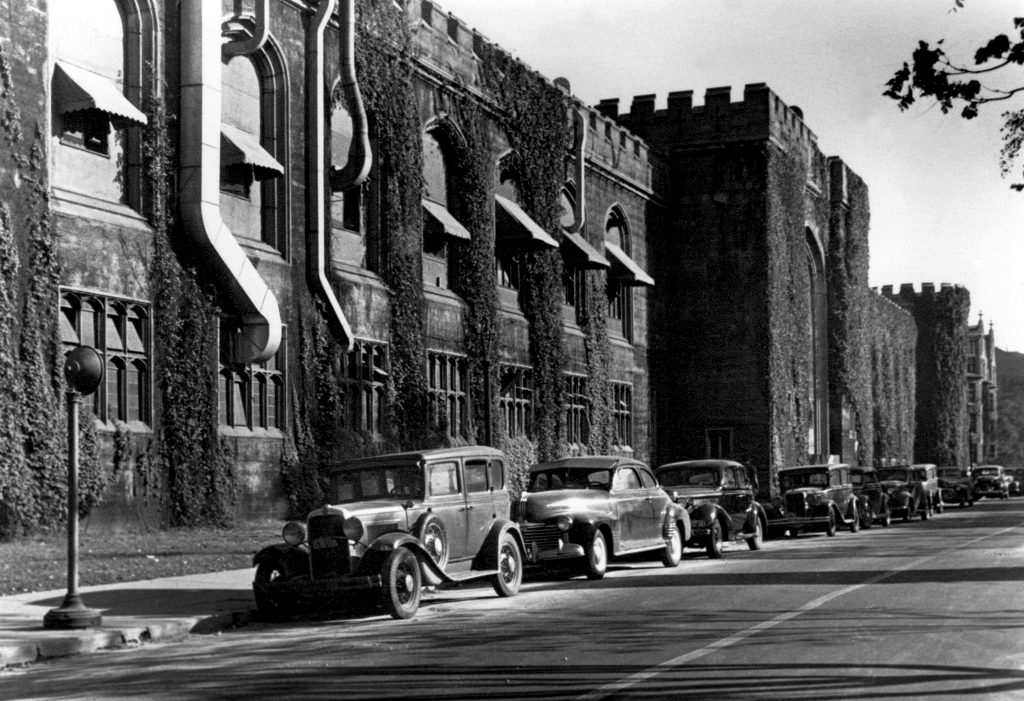Phillip Fineman was a research associate in the Chemistry Division of the University of Chicago’s Metallurgical Laboratory during the Manhattan Project.
After being drafted into the U.S. Army and completing basic training, Fineman was selected to be a part of the Special Engineer Detachment working on the Manhattan Project.
He was sent for special training at Virginia Polytechnic Institute (Virginia Tech) in Blacksburg, VA. From Virginia Tech, he received a B.S. degree in chemical engineering in 1944.
Following his time at Virginia Tech, he was sent to work in the Chemistry Division of the Met Lab under the Glenn T. Seaborg. At the Met Lab, Fineman worked in Recovery (Group 7) and Control Analysis (Group 2). For these groups, he worked on plutonium recovery and radon emanation of different radioactive isotopes, respectively.
While at the Met Lab, he also met his future wife, Olga Giacchetti, who was working as a laboratory technician. They were married on August 31, 1946.
Early Years
On September 19, 1920, Phillip Fineman was born in Brooklyn, New York. After moving to California, his family settled in San Francisco and he attended Lowell Polytechnic High School. Fineman graduated from the University of California at Berkeley with a B.S. degree in chemistry.
Later Years
Following the war, the couple worked at Argonne National Laboratory, the predecessor of the Met Lab. Fineman worked in the Heavy Isotopes group and continued to study radon emanation.
In 1968, Fineman moved with his family to Idaho Falls, ID to work at Argonne National Laboratory-West (EBR-II). He worked in waste management at the National Reactor Testing Station (later, Idaho National Laboratory).
From 1972 until his retirement in 1986, Fineman worked at the Idaho Chemical Processing Plant. While at the plant, he also served as the head of Plant Safety Analysis.
At the age of eighty-five, Phillip Fineman died on December 15, 2005 in Idaho Falls, ID.
For more information about Phillip Fineman, please see the following references:





